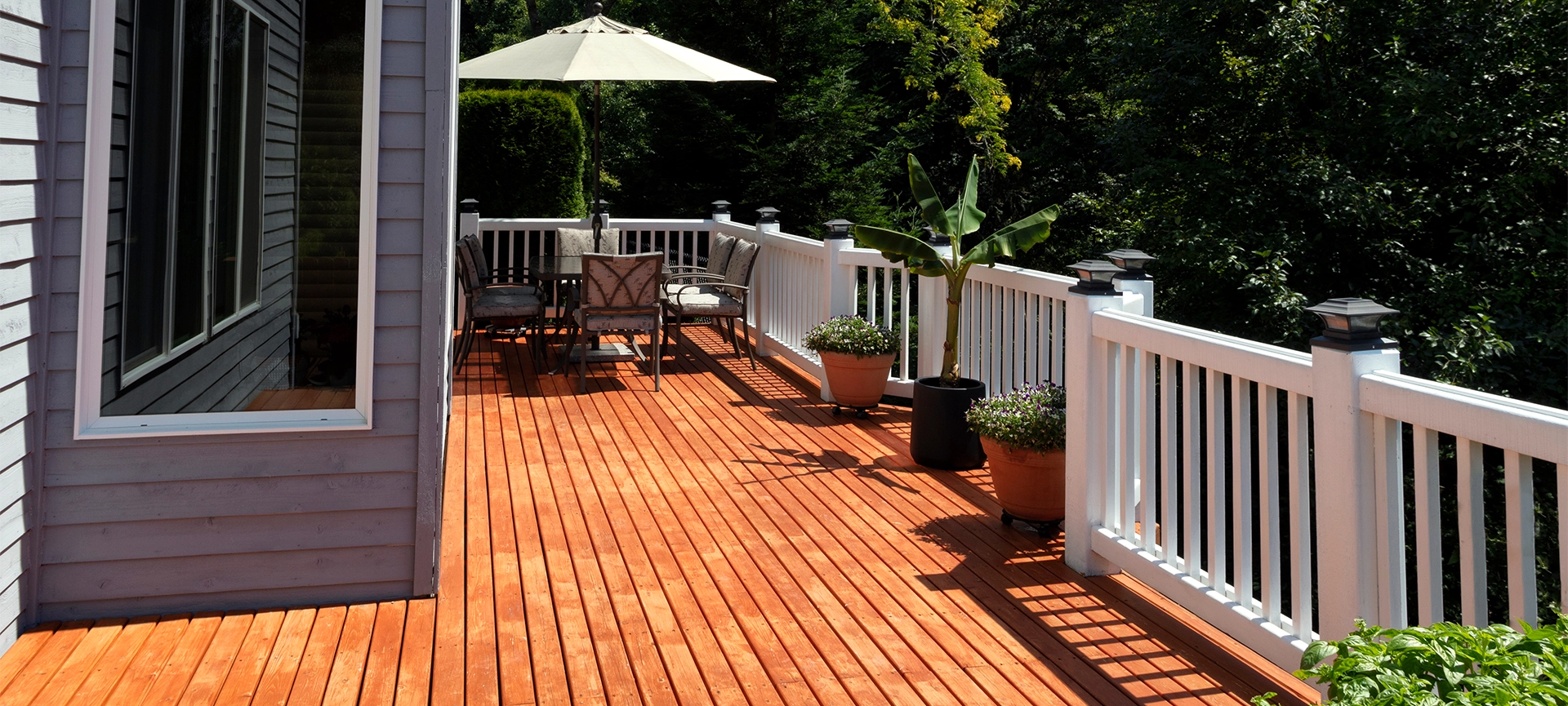Installing a deck is a fantastic way to enhance your outdoor living space. Whether you’re looking to relax, entertain, work from home, or enjoy meals on a warm evening, decks offer a versatile solution for any backyard.
Decks can vary significantly in terms of size, location, height, privacy features, and compliance with local building codes. However, one of the most crucial factors to consider is the materials used. The choice of materials will affect the deck’s durability, maintenance requirements, and overall aesthetic appeal.
At Green Side Up Contracting, we are committed to ensuring our clients understand their options. We provide complete 3D renderings to help visualize your finished deck design, along with detailed quotes and material recommendations tailored to your vision.
To help you get started, we’ve compiled this guide to the different types of decks available. Having the right information can make your decision-making process much smoother.
Different Types of Decks
Cedar Decks
Cedar wood is a popular choice for decking due to several appealing qualities:
- Aesthetic Appeal: Cedar features a beautiful straight grain pattern, delivering that desired natural, rustic look.
- Pleasant Aroma: Its woody fragrance adds to the outdoor experience.
- Natural Resistance: Cedar resists moisture, insects, and mold better than many other natural kinds of wood.
However, cedar has its drawbacks. It is softer than other materials, making it less suitable for heavy loads, and it requires regular maintenance, including re-staining every two to three years. While it is a premium choice, it’s essential to commit to its upkeep.
Pressure-Treated Decks
Pressure-treated wood, typically pine, offers a more budget-friendly alternative. The pressure treatment process involves conditioning the wood and infusing it with preservatives to enhance its resistance to rot.
While pressure-treated decks are economical, they can be sensitive to sun exposure, leading to fading and warping. Regular maintenance, including cleaning and staining, is necessary to prolong its lifespan. Homes with high sun exposure may need extra care to prevent damage.
Ipe Decks
Ipe hardwood, pronounced “ee-pay,” is a less common but highly durable decking option. Its impressive longevity—lasting up to 50 years—makes it an excellent investment.
Ipe features:
- Natural Beauty: Its rich color and grain appeal to those wanting the aesthetics of natural wood.
- Density and Hardness: Ipe is extremely dense, requiring pre-drilling for installation.
- Heat Resistance: This wood stays cool underfoot, making it ideal for hot climates.
- Low Expansion and Contraction: Ipe’s stability prevents splitting and cracking over time.
While Ipe is a premium material that requires some maintenance, a well-cared-for deck can last a lifetime.

PVC Decks
PVC decking offers a low-maintenance solution that resists rot and does not require staining or repainting. While manufacturers have improved its natural appearance, it cannot fully match the aesthetic of real wood.
The main advantage of PVC is its durability and resistance to fading, making it a practical choice for many homeowners.
Trex Composite Decking
We highly recommend Trex composite decking as the best overall option. It combines the beauty of natural wood with low maintenance requirements. Trex is durable, resistant to splitting, cracking, and insect damage, and it doesn’t need staining or sealing.
Another major benefit of Trex is its eco-friendliness, as it’s made from 95% recycled materials. Trex also offers an under-deck drainage system, Trex Rainescape, which protects the substructure from moisture, allowing you to utilize the space beneath your deck effectively.
Choosing the Right Decking Material
When selecting a deck type, consider your budget, desired maintenance level, and longevity expectations. While higher initial costs can sometimes lead to lower maintenance in the long run, it’s essential to choose materials that align with your lifestyle.
At Green Side Up Contracting, we guide you through the entire deck-building process. We advise obtaining a building permit, as it protects your investment and ensures compliance with local regulations.
Choosing the right materials and following proper guidelines will set the foundation for a beautiful and functional outdoor space for years to come. Contact us for more information.



